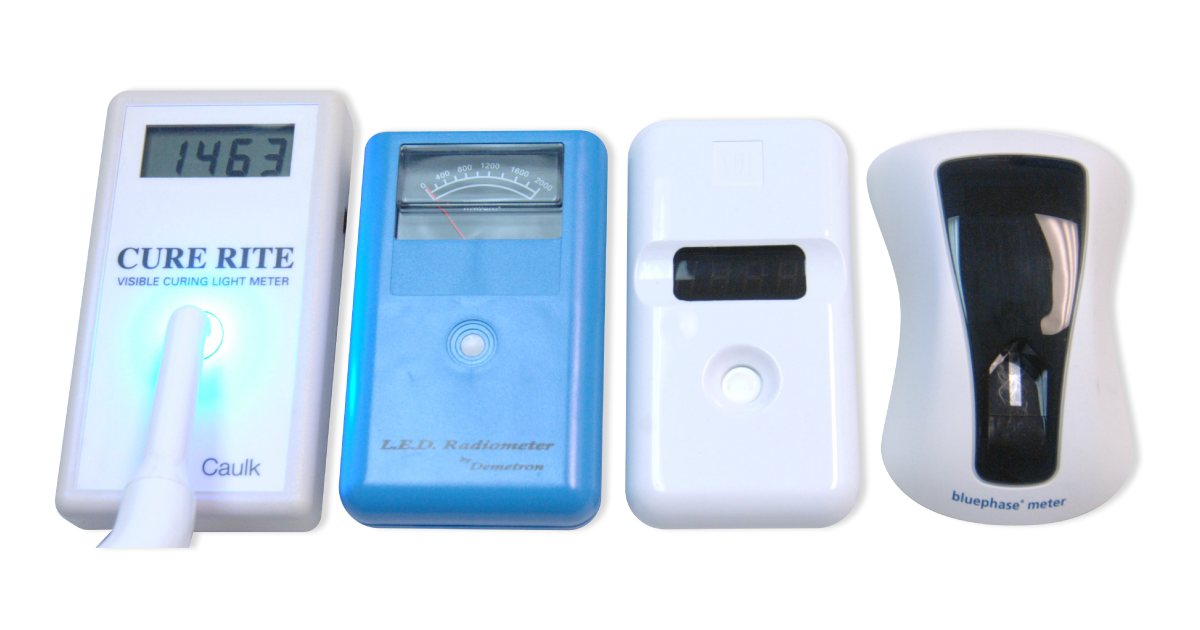Does Your Curing Light Measure Up?
There are quite literally hundreds of brands of curing light in the dental market today. Some are from reputable companies that spend a ton of time and money on R&D to deliver the best possible product. Some…well, some are low-cost, anemic blue lights that are not suitable for dental applications.
Even great lights from solid companies can exhibit less than favorable curing results due to a multitude of factors. But how can you verify this?
Testing with a Radiometer
Many of the curing lights available today come with a radiometer to check their power output, but similar to the actual lights themselves, they are not always extremely accurate, nor do they take into account other aspects relevant to determine absolute light output such as tip diameter and distance from the material, and they certainly don’t keep track of the results from test-to-test.
Why does the output matter?
Light cure materials need a certain amount of light energy to initiate the chemical reaction causing them to polymerize (solidify) fully. If that light energy is not adequate or not delivered accurately, the risk of an under-cured restoration becomes very real and the result of that can be anything from patient sensitivity to failure of the restorative.
More Testing = Better Results
When people purchase a curing light and radiometer, they will likely test the light immediately to see the results. After that initial test, the frequency of testing drops dramatically, if not totally. However, it is important to check curing lights on a routine basis as they can and will degrade over time. LEDs can wear out, batteries can degrade, light probes can accumulate build-up of cured materials, lights can be dropped and internal components can be broken, the list goes on and on. All these factors can inhibit the light’s ability to adequately and completely cure materials. Frequent testing (at least once a month) is recommended to ensure that lights don’t experience a deleterious power drop and that patients aren’t left with mushy restorations bound for early failure.
Want to know more about curing light testing and how to maximize your investment while delivering exceptional patient care? Check out the CheckUp Smart Radiometer from Bluelight to learn more.




